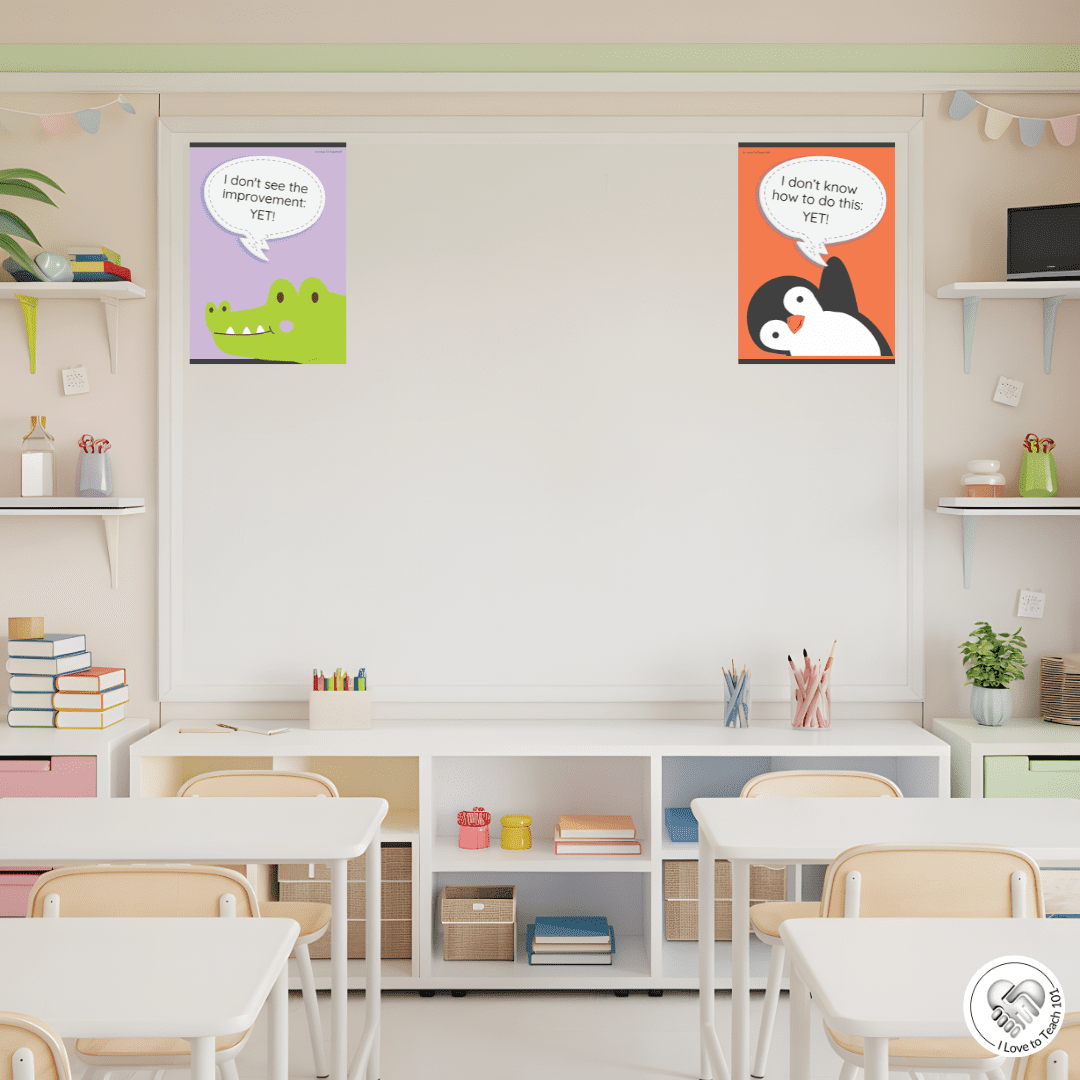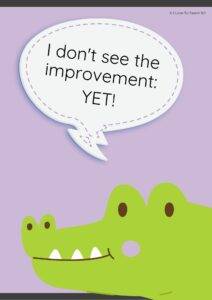Why is SEL Important in Classroom Management?

Social Emotional Learning (SEL) isn’t just about understanding emotions—it’s about transforming the entire classroom environment. Instead of asking ‘Why is SEL important?’ we should be exploring how to implement it effectively. This approach reshapes not only how students interact with each other but also how they engage with the curriculum, fostering a more inclusive and supportive learning space.
The Role of SEL in Understanding Student Behaviour
Imagine a classroom where students are aware of their emotions and know how to manage them. Sounds peaceful, doesn’t it? That’s the power of SEL. It provides a foundation for students to understand their own behaviours and those of others. By integrating SEL strategies, teachers can preempt disruptions by addressing the emotional needs of students, thereby reducing the need for disciplinary actions.
Practical SEL Activities
Circle Time Shares: Dedicate a time during the day for students to share feelings or experiences related to a specific SEL topic, such as kindness or perseverance. This activity fosters open communication and builds empathy among students.
Role-Play Scenarios: Have students act out various social situations and discuss alternative outcomes. This helps them understand different perspectives and improves their problem-solving skills.
Looking for another creative activity? Check out Why Video Diary Tools for SEL and EFL Win to learn how video diaries can help students reflect, build confidence, and share their stories.
Why is SEL Important?
SEL shifts classroom management from reactive measures to proactive harmony. However, even I need reminders sometimes. That’s why I created SEL posters—not just for my students, but for myself as well. They serve as daily nudges towards more empathetic, understanding interactions within our classroom.
SEL Techniques to Enhance Communication
Communication is the heartbeat of any classroom. With SEL, it’s about more than just words. It’s about building trust and rapport. Techniques like active listening and empathy exercises can dramatically improve how students relate to one another and to us, their teachers. This helps nip many conflicts in the bud and fosters a supportive learning environment. Integrating these practices shows why SEL is important for effective classroom management.


To access our freebies, join I Love To Teach 101
Bring Colour and Character to SEL in Junior Primary Classes
Discover how our vibrant, animal-themed ’10 Yet! Growth Mindset SEL Posters’ can make learning about growth mindsets a joy for younger students. These posters are not just educational tools but also a visual delight that keeps the learning light, fun, and deeply impactful. Why is SEL important in classroom management? SEL serves as constant, cheerful reminders for students to think positively about their capabilities and challenges.
Long-Term Benefits of SEL in Academic Achievement
While SEL enhances the atmosphere, its benefits ripple far beyond behaviour. Schools that consistently implement SEL often report improvements in academic performance. Teachers also benefit significantly from SEL interventions. A recent study published in Frontiers in Psychology found that SEL programs not only reduce stress and improve well-being for educators but also enhance their effectiveness in fostering positive classroom environments. When both students and teachers thrive, the entire educational experience is transformed.
Expanding SEL with Emotional Intelligence
While we explore why SEL is important in managing the classroom, it’s essential to also consider the foundational skills that underpin SEL—primarily, emotional intelligence. If you’re curious about further enhancing your ability to foster these skills in your students, exploring the concept of emotional intelligence is a natural next step.
Our blog post, Emotional Intelligence: 5 Ways You Can Teach It, explores practical strategies for nurturing emotional intelligence in the classroom. Understanding, identifying, and managing emotions effectively are critical components that directly support the effective implementation of SEL.
By developing a deeper emotional vocabulary and fostering an environment of empathy and self-awareness, you can significantly enhance how students interact and manage their relationships, both academically and socially. This knowledge is not just complementary but essential to mastering SEL in any educational setting.
Expand Your Toolkit with our ’15 Growth Mindset Posters’
Deepen SEL Engagement Across All Grades. Elevate your classroom with our comprehensive set of ’15 Growth Mindset Posters’. Designed to complement and expand on the free resources, these posters cater to a wider age range. Using these resources in your teaching strategy shows why investing in SEL is vital for a well-rounded educational approach that supports all aspects of student development
Further Reading on SEL’s Broader Impact
To complement our discussion and provide a broader perspective on how SEL enhances student success across various domains, I recommend reading an insightful piece by Roger Weissberg and his colleagues. Their article, “Why Social and Emotional Learning Is Essential for Students,” explores the critical role that SEL plays not just in classroom management but in promoting overall student success. This resource offers further evidence of the benefits of SEL, backed by research and practical examples that can inspire additional strategies for your teaching toolkit
Empowering Students with Effective SEL Resources
Why is SEL important in classroom management? Because it lays the foundation for a thriving educational environment. Start with our free posters to introduce the concepts, and consider the full set for an all-encompassing approach to growth mindset education. Let’s transform your classroom into a vibrant hub of emotional and academic growth.
